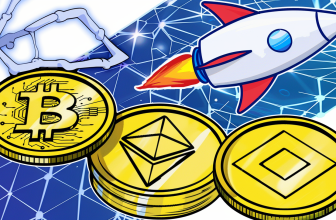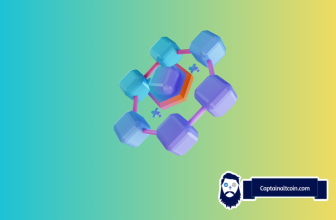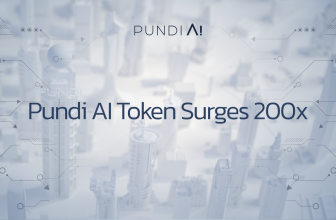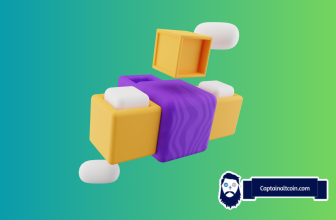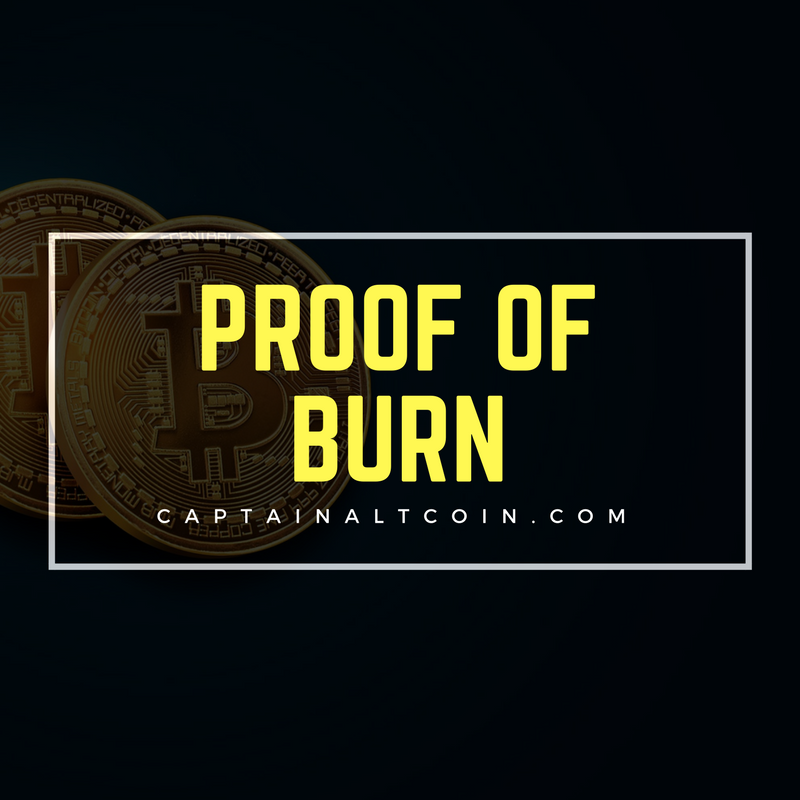
Blockchain, the distributed ledger most commonly associated with Bitcoin and other cryptocurrencies, relies on consensus algorithms to reach agreement among miners. Most commonly used consensus is Proof of Work (PoW) which allows users to generate new coins by mining. Another popular consensus is Proof of Stake (PoS) which lets users to earn interest for keeping funds in their wallets.
Currently not very popular and heavily underappreciated consensus is Proof of Burn (PoB). In order to understand what Proof of Burn is, you have to understand why cryptocurrencies use a consensus method.
Let’s start from the beginning. The blockchain is the main database of a cryptocurrency and it contains all approved transactions. It is called the blockchain because the transactions are grouped in blocks. Each block is created after the nodes agree to a set of transactions that the nodes regard as valid.
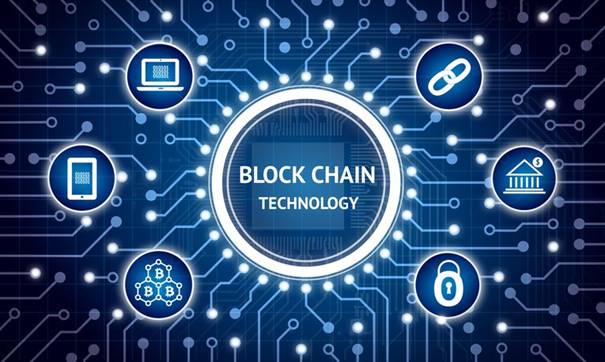
The question which you may ask here is: „How do they agree on which transaction should be added to the block? “
The blockchain technology already prevents that some node could create money out of thin air. But there could be dishonest nodes that tried to use a coin twice – this is called a double spend. For example, they could buy an item in an online shop and immediately try to send the same coins to an exchange. This way they could fool the shop owner and the exchange owner and get both things – the bought item and the money.
To prevent double spends, the nodes must come to an agreement which transactions are valid and which are not.
The easiest way is to let nodes vote for which transactions should be included into a block, with each node having one vote. This system enables a participant to create a thousand of nodes and manipulate the voting process.
This is why blockchains need a consensus mechanism that cannot be manipulated. As I said earlier, Bitcoin uses PoW. The process is following: The nodes or the miners compete to write a block into the blockchain. In order to write the block, their computers must solve a complex cryptographic puzzle. The miner who solves the puzzle first, gets the right to write the block and gets reward for doing this work. The whole process is called mining.
In order to double spend your coins, you must have the computing power to write couple of blocks in a row. But to be able to that, you would need a lot of computing power, or to be more precise, you would need to have more than half of the computing power of all the miners of the network. There is a low possibility of double spending attacks, because it is extremely expensive to buy mining equipment to obtain 51% of the total computing power on the network.
What you'll learn 👉
Proof of Burn: Proof of Work without Energy Waste
The most important part in the prevention of the double spending is the cost of computing power. To prevent the manipulation, it must be extremely costly for an attacker to obtain the computation power to mine couple of blocks in a row.
In the Proof of Work consensus, mining is directly related to the cost. The more money invested in the mining equipment (mining rigs), the higher the chances to get the right to mine blocks.
With the Proof of Burn you can have the same effect but without the use of the real world resources such as computer equipment and electricity.
In the Proof of Burn consensus, the cost of the mining equipment is the cost of destroying or burning coins, if you want to get the right to write blocks. This process is called minting, as no real work is done. Please remember that the most important thing is the cost of the mechanism.
Proof of Burn was invented by Ian Stewart who said „Burnt coins are mining rigs“. Which means that you can compare the buying of the mining rig with the process of burning coins. With the Proof of Burn, each time you burn coins, you are buying a virtual mining rig that gives you the right to mine blocks. To be clearer, the more coins you burn, the bigger virtual mining rig you are buying.
Proof of Burn is a protocol used by various altcoins to reduce the current available supply, whereby a specific portion of coins in circulation is sent to a wallet no one has access to. This effectively eliminates these coins from being spendable, although they will still be a part of all of the existing coins ever to be generated. Proof of Burn transactions are also recorded on that cryptocurrency’s blockchain, providing inevitable proof that the coins would never be used to transact again.
It is important to keep in mind, burning coins is an expensive process. In most cases, the only coins burned are those generated by the Proof of Work process to maintain scarcity. Another use case for Proof of Burn is to bootstrap one cryptocurrency to another. A good example is the Counterparty protocol, which uses the colored coins functionality. Participants have to transfer Bitcoin to an unspendable address to receive Counterparty tokens in exchange. The Counterparty Proof of Burn was set up so that anyone who sent Bitcoin to the address 1CounterpartyXXXXXXXXXXXXXXXUWLpVr during the one-time burn period in January 2014 automatically received XCP in return in proportion to the amount of Bitcoin they burnt. This ensured that all 2,648,755 XCP that will ever exist were created and distributed in a fair, transparent and public manner.

Slimcoin Use Case
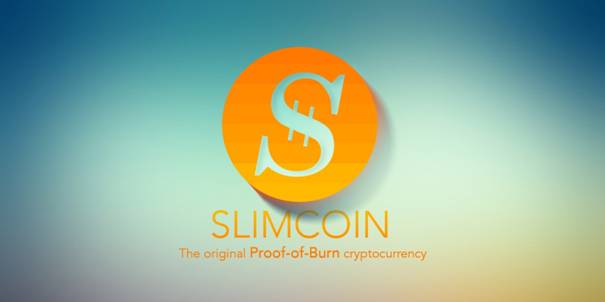
Slimcoin is a novel and experimental cryptocurrency created in 2014. It is the first known coin that uses the Proof of Burn mechanism to generate blocks. Additionally, it uses Proof of Work and Proof of Stake, making it the first and unique coin with three different block generation mechanisms.
According to their web site, Slimcoin’s Proof of Burn mechanism works as follows:
„If you burn coins, you not only get the right to compete for the next block. A mining rig is something more durable, and so are Slimcoin’s virtual mining rigs. You burn coins and this rises your chance to get blocks for a long time – at least for a year.
Now, to prevent early adopters from benefitting too much or attacking the system, the power of burnt coins decays every time a block is mined. It doesn’t decay much, so don’t be afraid – you will have a lot of time. But this also mimics mining: Mining rigs eventually become obsolete because there is better technology available. So miners, to stay competitive, will have to renew their equipment sometimes. The same is true for Proof of Burn: if you want to maintain your minting power, you must burn coins periodically.
Like in Proof of Work, the block rewards are high enough to allow the participants to make a financial gain (profit) from minting. You won’t get back your investment in one hour or one day, but with some patience, in most situations you’ll eventually get significantly more coins that the ones you burnt.
Proof of Burn has the advantage over Proof of Work that it does consume much less energy. So Slimcoin is your coin of choice if you ever have worried about Bitcoin’s environmental cost. “
Conclusion
With the Proof of Burn mechanism, instead of pouring money into expensive computer equipment or mining rig, you ‘burn’ coins by sending them to an address where they are irretrievable. By committing your coins to never-never land, you earn a lifetime privilege to mine on the system based on a random selection process. The more coins you burn, the more chances you get to mine the block. This is being served as the alternative for Proof of Work, but without using unnecessary resources and mining will be more favored to those who burn more coin.



